Fabulous wines of Italy

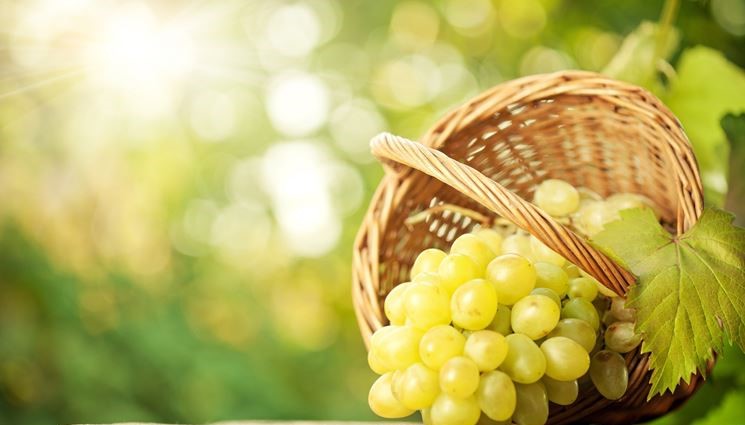

Italy is an excellent wine producer. The various varieties of native grapes allow each region to produce wines with different organoleptic characteristics. While reds like Barolo, Amarone, and Chianti are among the most well-known in the world, whites like Vermentino and Greco di Tufo are equally remarkable.
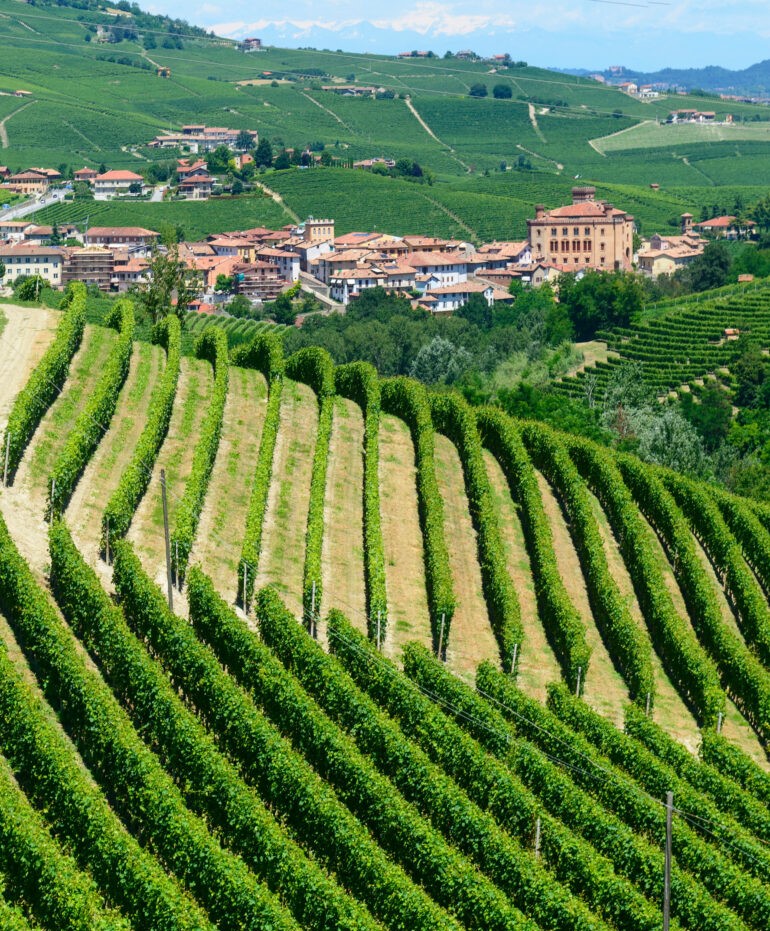
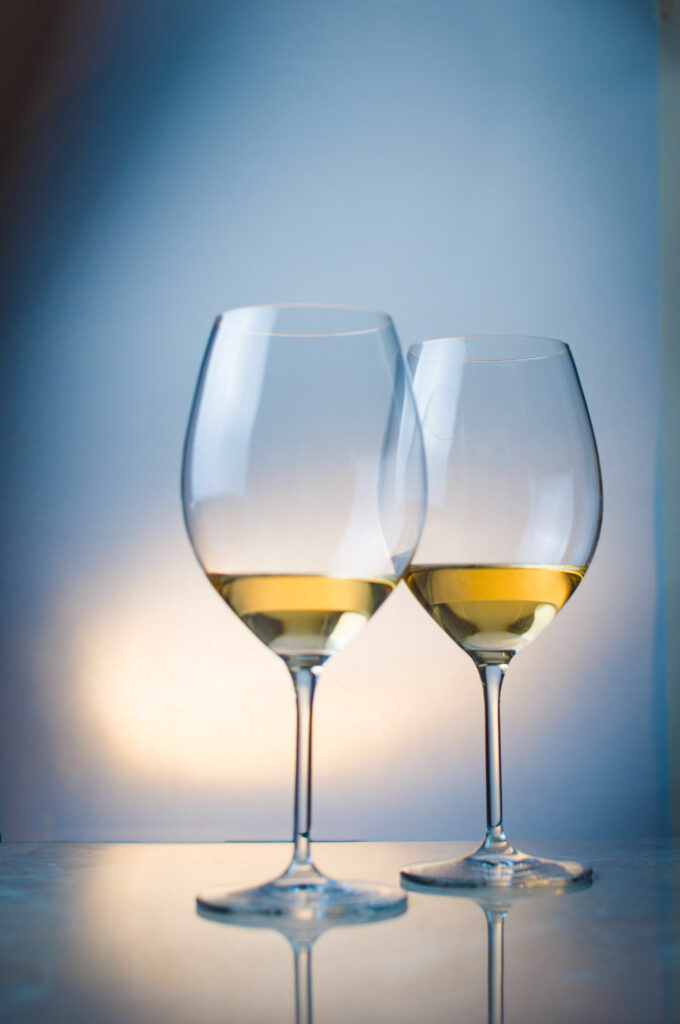
Red wines
Piedmont – Barolo. It originates from the Nebbiolo grapes, in the breathtaking landscape of the Langhe, among the municipalities of Barolo, Serralunga d’Alba, and the province of Cuneo. The soils where the vines thrive are composed of clay and limestone marl, which give the wine a compact color and characteristics of longevity. Barolo, in fact, is aged for three to five years in wooden barrels to achieve a good structure, with very intense fruity and floral notes, as well as a pronounced tannin. Pairings: Its persistent flavor makes it ideal to accompany red meat and braised dishes, aged cheeses, and truffles.
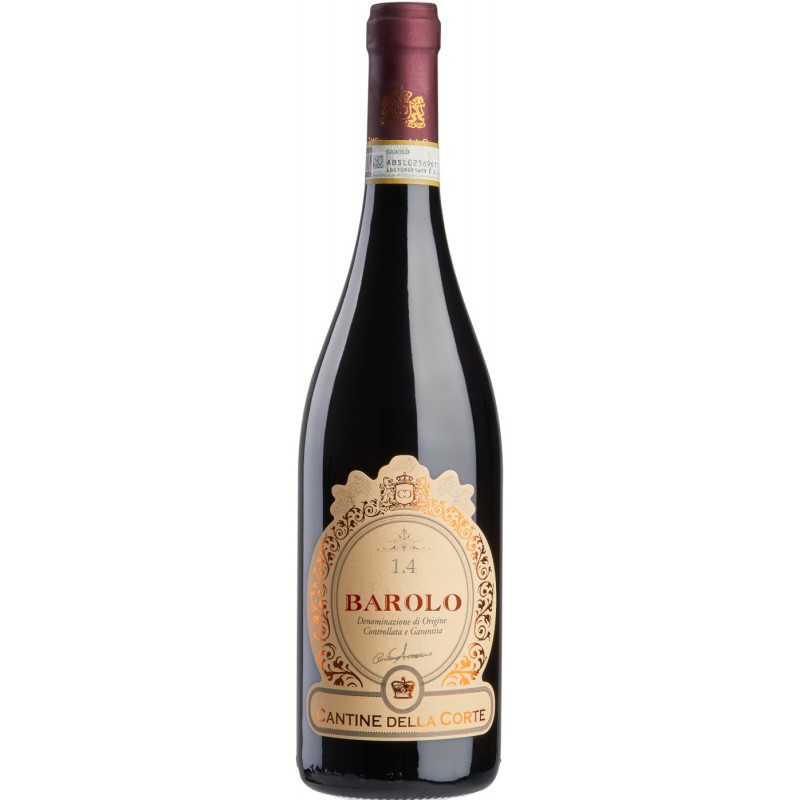
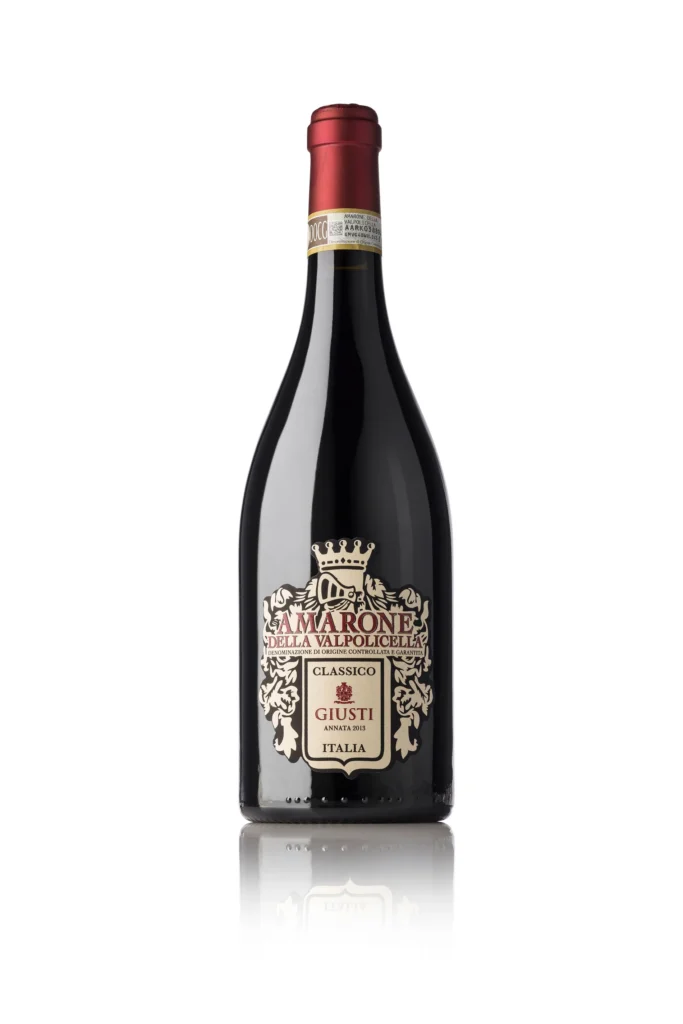
Veneto – Amarone. Among the most well-known and appreciated wines, both domestically and internationally, it is produced in the Valpolicella area from indigenous grape varieties like Corvinone and Rondinella. It is said to have originated from a winemaker’s mistake, who forgot to ferment a bottle of sweet wine for a very long time. Thanks to this ‘error,’ a wine with an intense flavor and high alcohol content was born, with olfactory notes of ripe fruit. Pairings: Amarone is perfect to enjoy with game, braised dishes, and aged cheeses, or used as the main ingredient in the recipe for Risotto all’Amarone.
Toscana – Chianti. Between Bolgheri and Montalcino, some of the most renowned Tuscan wines are produced, making Tuscany famous in the world of oenology. Among these, Chianti remains the quintessential symbol of red wines from this region, produced primarily from Sangiovese grapes, sometimes blended with Canaiolo, Colorino, Merlot, or Cabernet Sauvignon. The bright ruby-red color, tending towards garnet, is achieved through aging for at least eleven months, while the Riserva rests for two years in small oak barrels that impart their aroma to the wine. Pairings: Its relatively low tannin content makes it perfect for grilled red meats, while the structure of the Riserva is preferred for game and wild boar dishes.
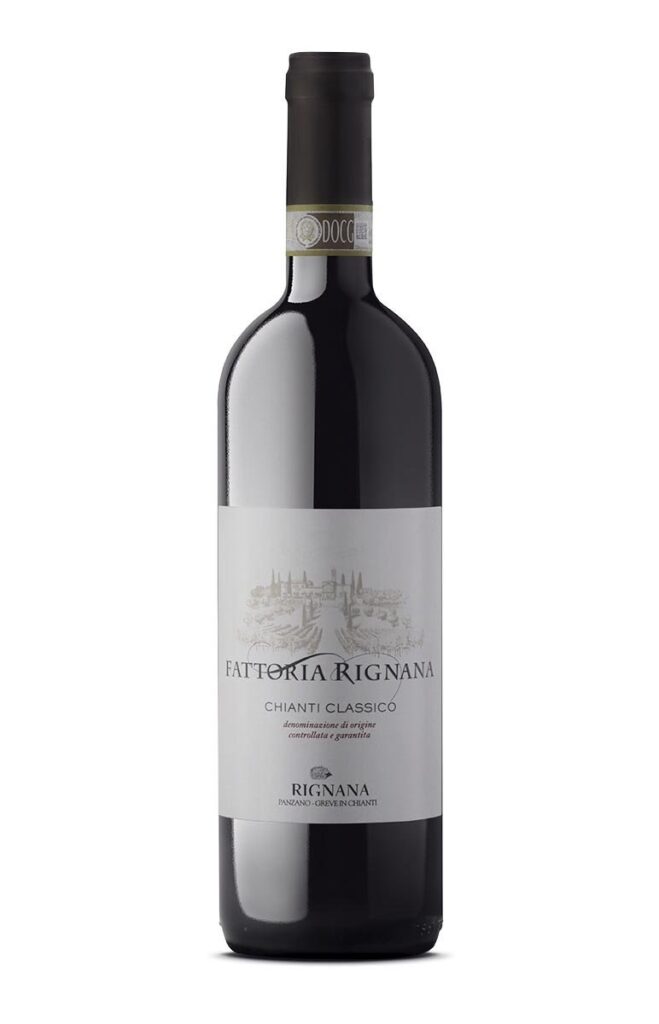
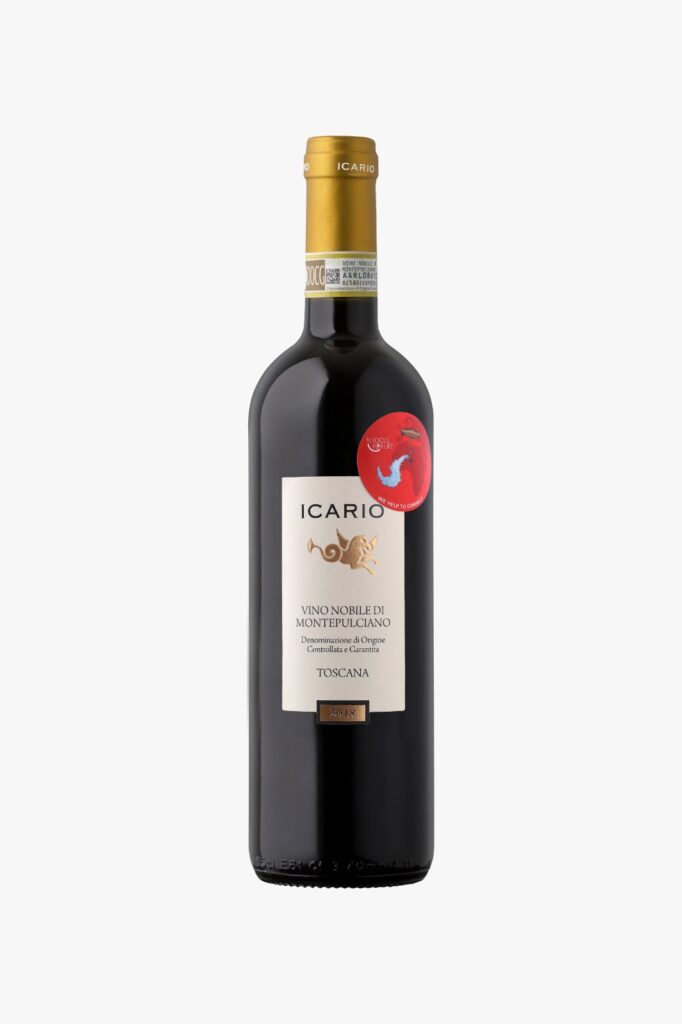
Abruzzo – Montepulciano. Legends tell that it was Hannibal’s favorite wine during the years of the siege of Rome, not to be confused with the Nobile di Montepulciano wine produced in Tuscany. The vineyards are located in the provinces of L’Aquila, Chieti, and Pescara, producing a structured and long-lived wine that is aged for at least two years in oak barrels. Pairings: Its intense spicy notes make it particularly suitable for meat dishes such as arrosticini, stews, and roasts, as well as mushrooms and aged cheeses.
Basilicata – Aglianico. Aglianico is a wine with ancient origins, brought to Italy by the Greeks more than two thousand years ago in southern regions such as Basilicata and Campania. It is mainly produced in the province of Potenza, from small, dark blue grapes, which result in a ruby red color that fades to orange with aging. Aging takes place in barriques or large barrels for a period ranging from 3 to 5 years. Pairings: Its very intense aroma, rich in woody and floral notes, often earns it the nickname ‘Barolo of the South.’ For this reason, it is ideal to be enjoyed with grilled red meats and game.
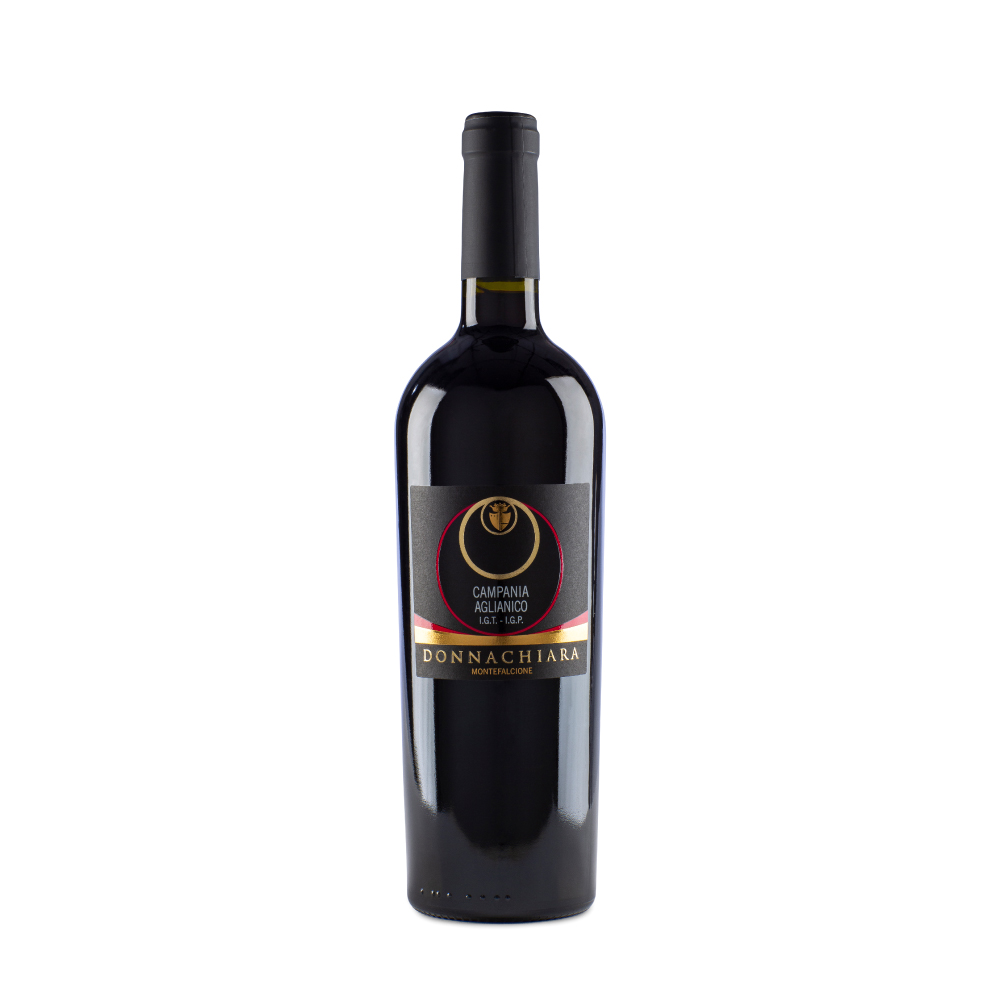

Molise – Biferno. The most intriguing Molise vineyards are associated with red wines, such as the DOC Biferno variety produced in the province of Campobasso. The intense ruby color and hints of wild berries and licorice on the nose precede the tannic and fruity taste of Biferno red. Pairings: Both white and red meats are enhanced by the velvety texture of the wine, as well as aged cheeses and mushroom-based dishes
Puglia – Primitivo. Puglia is second only to Tuscany in terms of the number of DOCs, among which stands out the Primitivo di Manduria, located precisely between the provinces of Brindisi and Taranto in the southern part of the region. From the limestone soils of these areas, refreshed by Ionian currents, red grape berries with very high aromatic values are born. The Primitivo’s purplish hue precedes olfactory notes of berries and spices, while on the palate, it is rich with robust tannins and a strong lingering finish. Pairings: Ideal for accompanying Puglian dishes made with red meats, aged cheeses, and cold cuts.
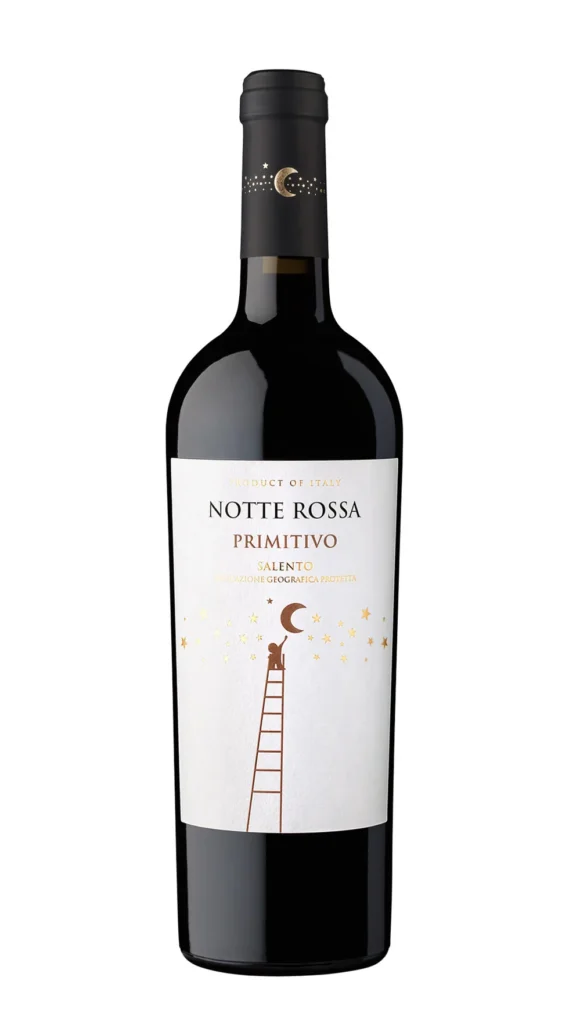
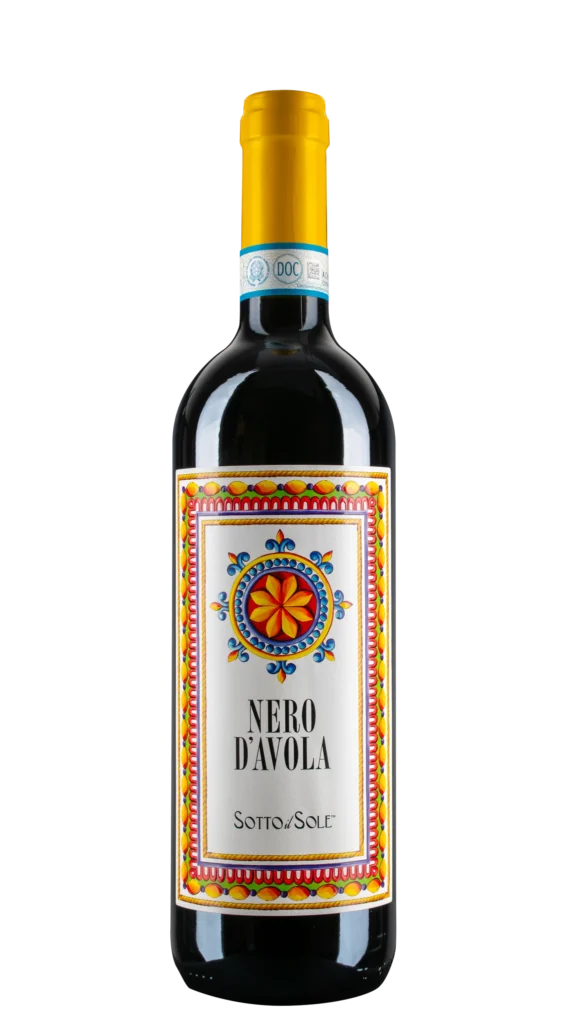
Sicilia – Nero D’Avola. Cultivated on sandy and limestone soils, the Nero d’Avola grape variety is the most widespread in Sicily, characterized by dark blue berries with high sugar content. The ruby red color takes on different intensities depending on the production areas, while the aromas differ depending on the type of vinification, which can take place in steel or wood. In terms of flavor, it presents a clear structure and warmth, with spicy and balsamic notes. Pairings: Nero d’Avola pairs excellently with spicy dishes, regional aged cheeses, as well as white meats like chicken and rabbit. It also complements traditional Sicilian recipes based on eggplant perfectly.
Sardegna – Cannonau. This is the most widespread native grape variety in Sardinia, one of the oldest in the world, with its first traces dating back three thousand years. Characterized by medium-sized black berries, it is mainly produced in the areas of Nuoro, Ogliastra, and the central region of Mandrolisai, with a minimum percentage of Cannonau grapes of 85%. Known for its medium to high alcohol content, the intense ruby red color precedes its good structure, floral and red fruit aromas, and a savory palate. Pairings: Perfect with lamb and game meat, as well as grilled or roasted meats.

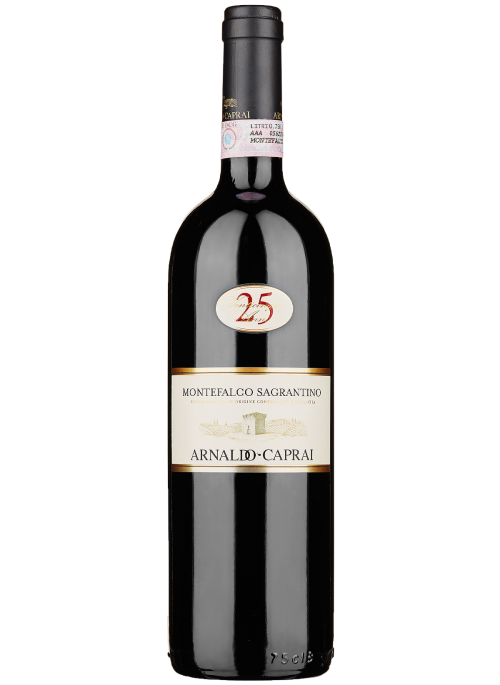
Umbria – Sagrantino. The renowned Sagrantino di Montefalco DOCG is produced in the province of Perugia from native Umbrian grape varieties. In its dry version, it ages for almost three years, including one year in barriques, while for the passito variety, a bottle aging phase of at least twelve months is required. Sagrantino has an intense red color, while the aroma is fruity with spicy hints for the dry version, and sweet with notes of fruit jam for the passito. Pairings: Sagrantino pairs perfectly with roasts, game meat, and hard cheeses.
White wines
Valle d’Aosta – Blanc Morgex and La Salle The Prié Blanc is a native white grape variety from Valle d’Aosta, cultivated at altitudes of over 1000 meters, making it one of the highest in Europe. The most important vineyards are located near the Dora Baltea river and are characterized by steep slopes and terraces. The small-sized Prié Blanc grapes with thin skins are used to produce Blanc de Morgex and de La Salle wines, which have a straw-yellow color, hints of mountain herbs, and a dry, delicately flavored profile. Pairings: This wine is suitable for aperitifs and pairs well with seafood dishes, white meats, or regional cheeses.

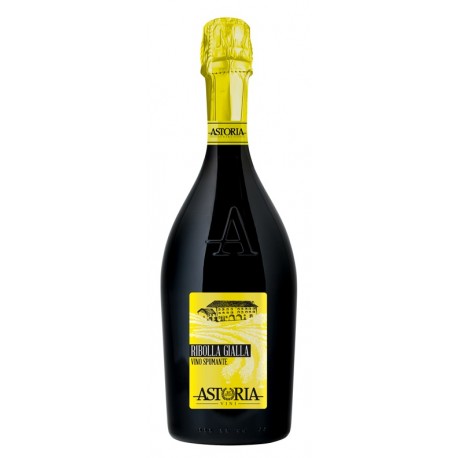
Friuli Venezia Giulia – Ribolla Gialla In the regions of Gorizia, Udine, and near the Slovenian border, vineyards of Ribolla Gialla are cultivated using the typical Friulian white winemaking method, which favors plants with fewer grape clusters to increase sugar content in the grapes. The straw-yellow color anticipates an intense bouquet on the nose and a fresh taste on the palate, which becomes more persistent when Ribolla is macerated with skins and aged in barrels. Pairings: This wine is ideal with seafood, delicately cooked fish, and fried dishes. It also pairs well with white meats, grilled vegetables, and asparagus.
Trentino Alto Adige – Trentodoc Produced from Chardonnay, Pinot Noir, Pinot Blanc, or Pinot Meunier grapes, it is bottled with yeast and sugars, then left to ferment for at least 15 months. Millesimato versions require two years of bottle aging, while Riserva can take from three to ten years. Pairings: Trentodoc Brut has complex and fruity aromas, a rich yet balanced taste. It is ideal to enjoy with seafood first and second courses or with white meats with delicate seasonings.
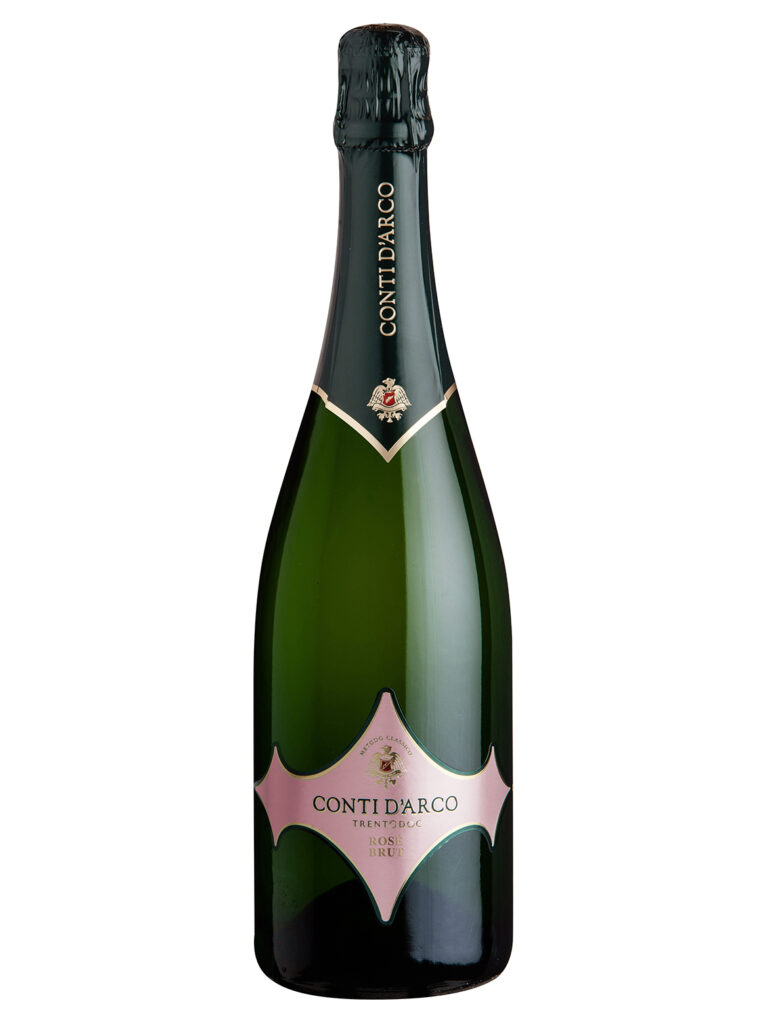
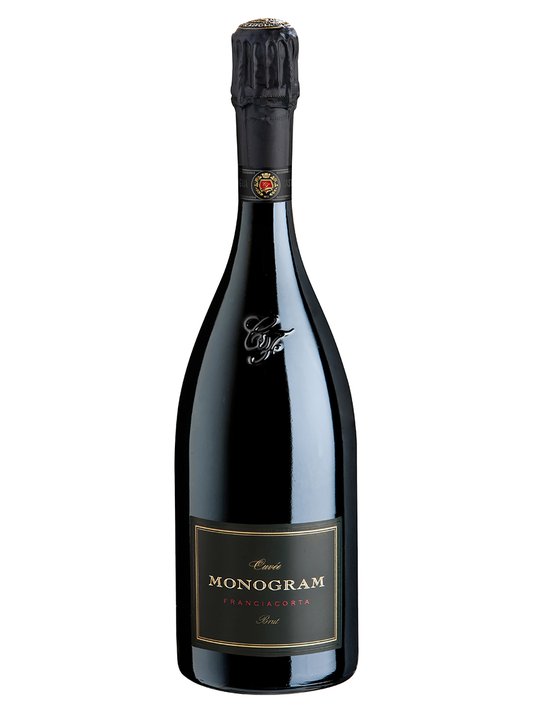
Lombardia – Franciacorta Another notable Metodo Classico sparkling wine is Franciacorta, produced in the province of Brescia, on the morainic soils near Lake Iseo. The grapes Chardonnay and Pinot Noir form the basis of the fermentation, which also occurs in the bottle to allow for the development of effervescence, or the formation of bubbles through carbon dioxide. On the nose, you can perceive notes of citrus and dried fruit, while on the palate, it is fresh and savory. Pairings: Franciacorta Metodo Classico can be paired with raw fish, seafood pasta dishes, and cured meats. It is also excellent as an aperitif.
Campania – Greco di Tufo Since 2003, Greco di Tufo has obtained the DOCG recognition, solidifying its status as one of the most famous wines of Campania. It is produced from Greco grapes, with a smaller percentage of Coda di Volpe, in the area of Tufo, in the province of Avellino. This is a dry white wine, and there is also a sparkling Metodo Classico version aged for three years on the lees. In its still version, it has a straw-yellow color and is very fresh on the palate with fruity and herbal notes. Pairings: Greco di Tufo pairs well with seafood pasta dishes, shellfish, risottos, and cheeses like mozzarella di bufala campana.
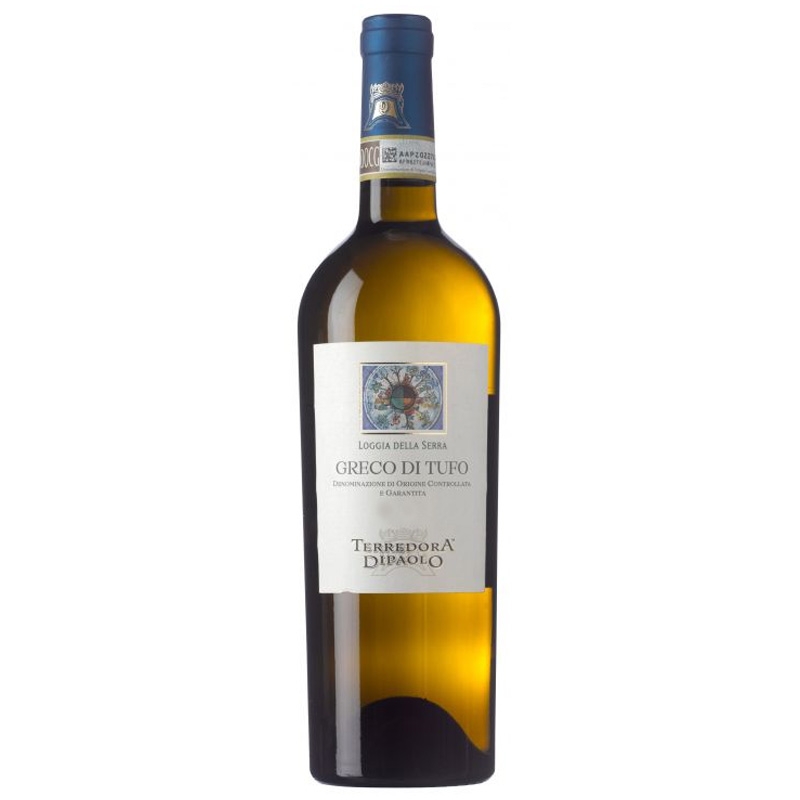
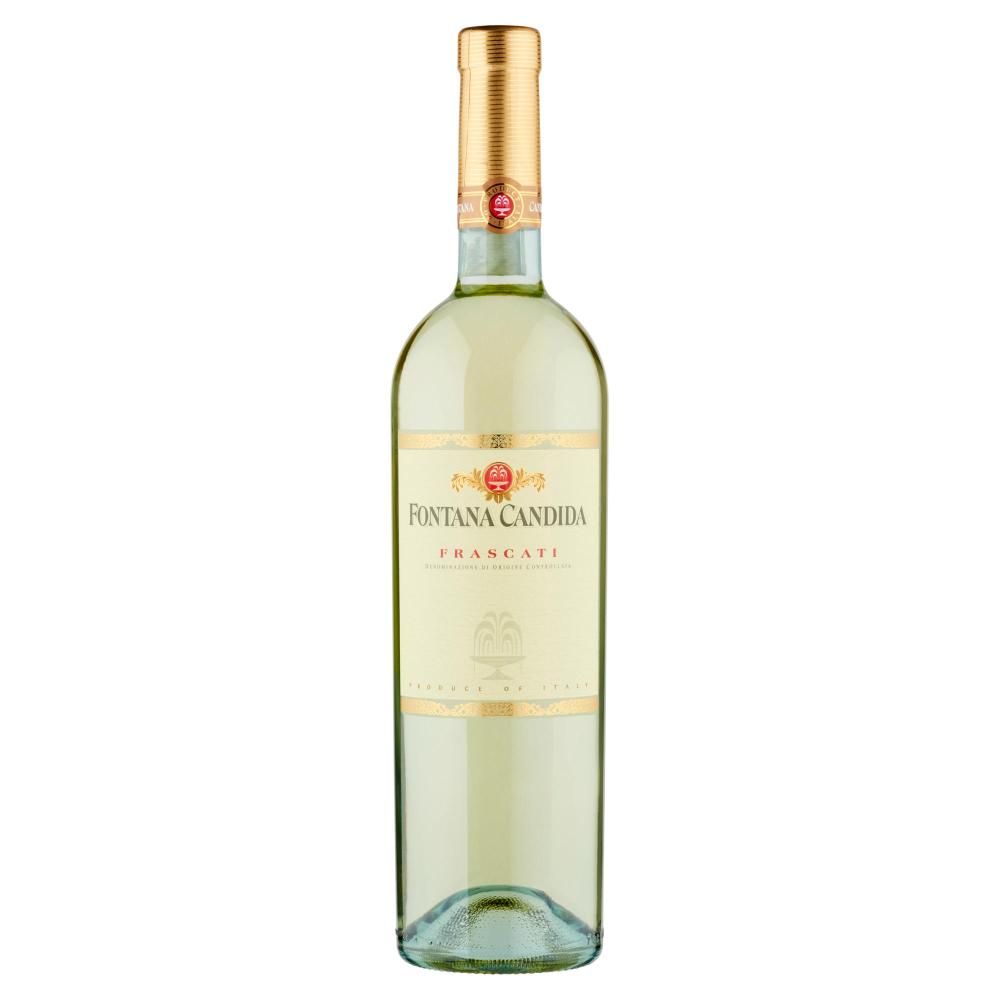
Lazio – Frascati Produced in the Lazio town of Frascati, this wine is among the most famous Italian whites in the world. It is made from Malvasia and Trebbiano grapes and comes in a straw-yellow color for the dry version or golden yellow for passito wines. The aromatic notes are fruity with tropical hints, while on the palate, it is a smooth and fresh wine, with some versions displaying persistence. Pairings: Frascati is an ideal aperitif wine and can be enjoyed with appetizers, seafood, white meats, as well as traditional pasta dishes like cacio e pepe, amatriciana, and carbonara.
Liguria – Vermentino The characteristics of Ligurian wines are inevitably influenced by the coastal component, grown on terraces and steep slopes. Ligurian Vermentino is produced in the Riviera di Ponente and Colli di Luni areas, with a relatively low alcohol content and a straw-yellow color. A soft and dry wine, its flavor is delicate and elegant, with floral aromas and typical notes of the Mediterranean scrub. Pairings: Ideal for accompanying appetizers with stuffed vegetables, as well as fish dishes with not overly elaborate seasonings.
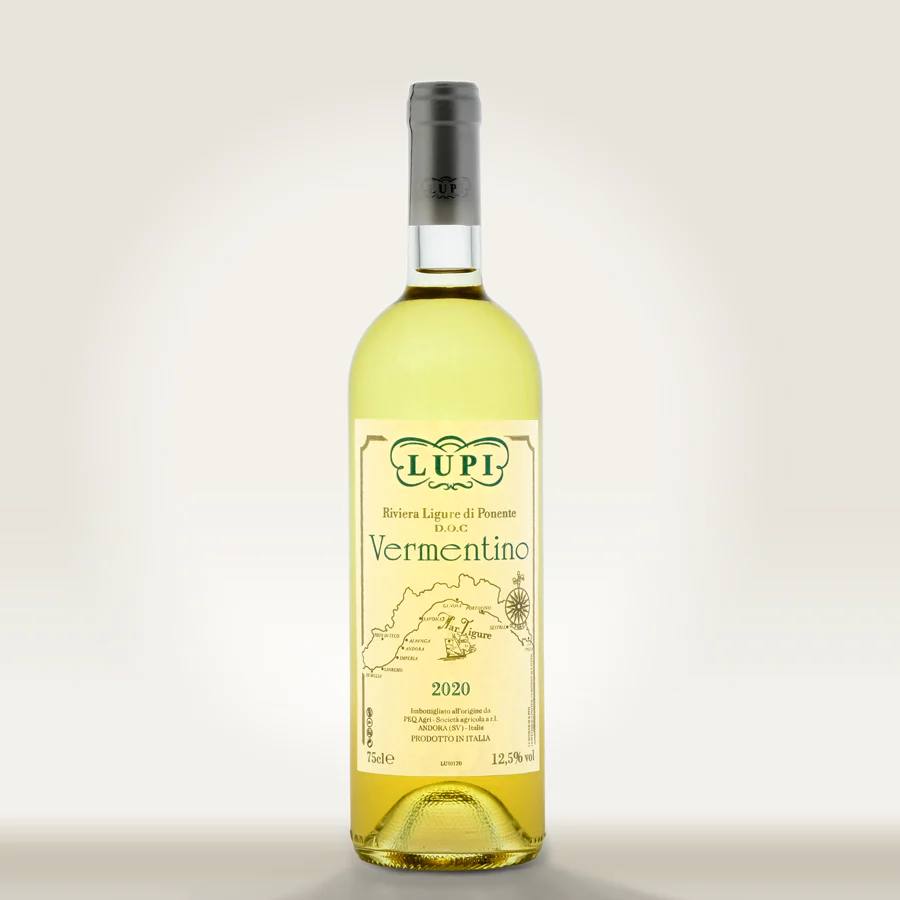


Marche – Verdicchio Verdicchio is the grape variety from the Marche region used to produce Castelli di Jesi and Verdicchio di Matelica, located in the provinces of Ancona and Macerata. These wines are very light and fresh, but they can gain more structure if aged in barrels. The straw-yellow color becomes more intense and golden in the Riserva versions, while among the floral and fruity aromas, almond notes emerge.
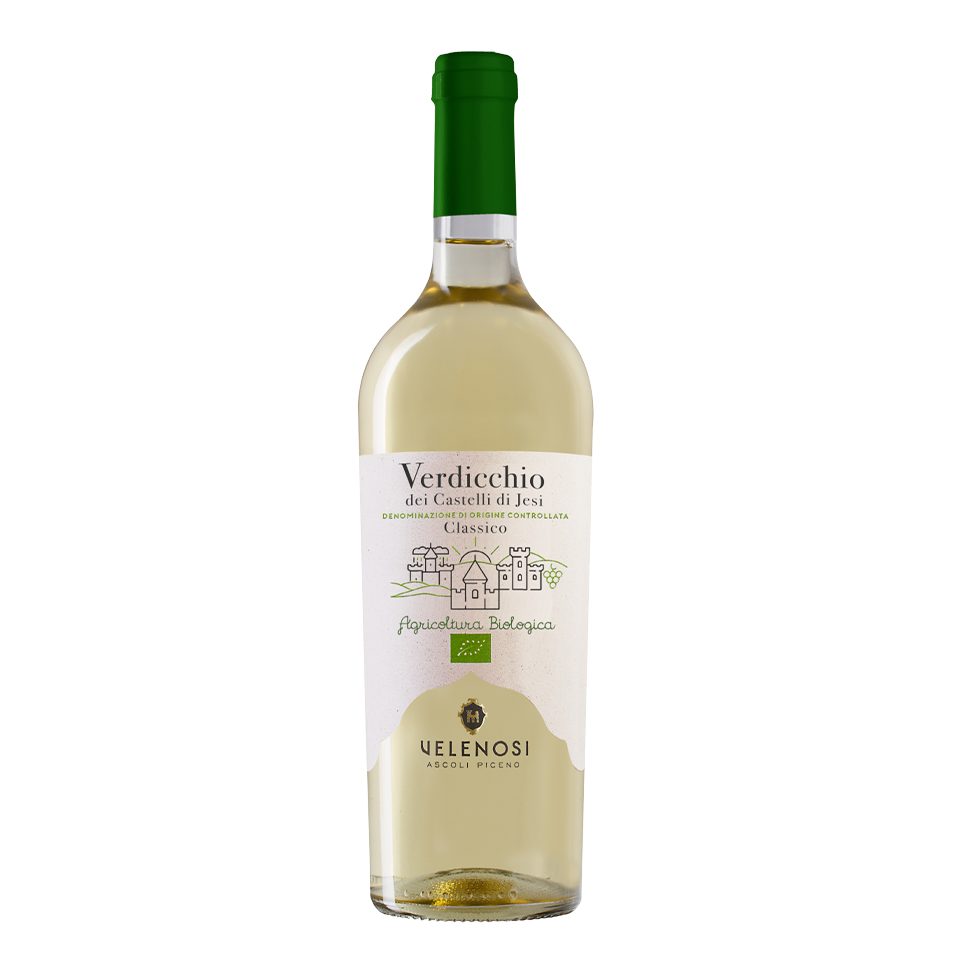
Pairings: Verdicchio is a wine that pairs well with grilled fish dishes, seafood stews, but also with white meats and lightly seasoned sauces.


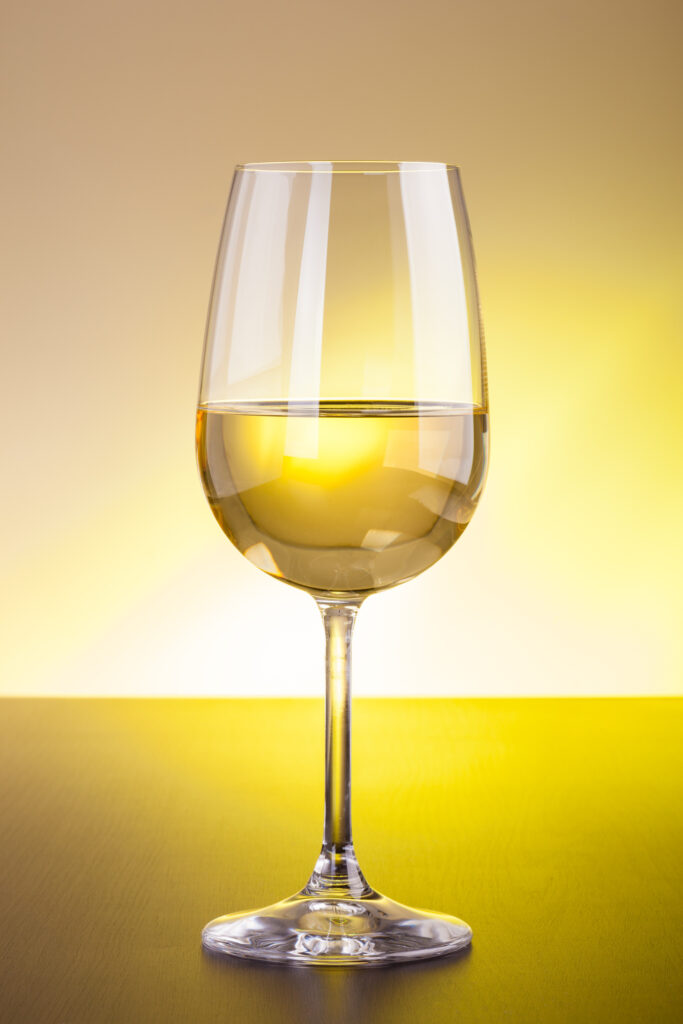
Sardegna – Vermentino di Gallura It is one of the most important and well-known white wines of Sardinia, the only DOCG wine in the region. It is an excellent Sardinian white wine with a deep Mediterranean character, encompassing in its aromas practically the entire island and its sea. Vermentino, a white grape variety cultivated on the magical northern golden coast of the Tyrrhenian Sea, has found particularly fertile soil in Gallura. Here, it manages to produce highly recognizable, well-structured, fruity, and savory white wines. Pairings: It is perfect for seafood dishes, and Vermentino wine pairs perfectly with a classic Sardinian dish like linguine with clams and bottarga

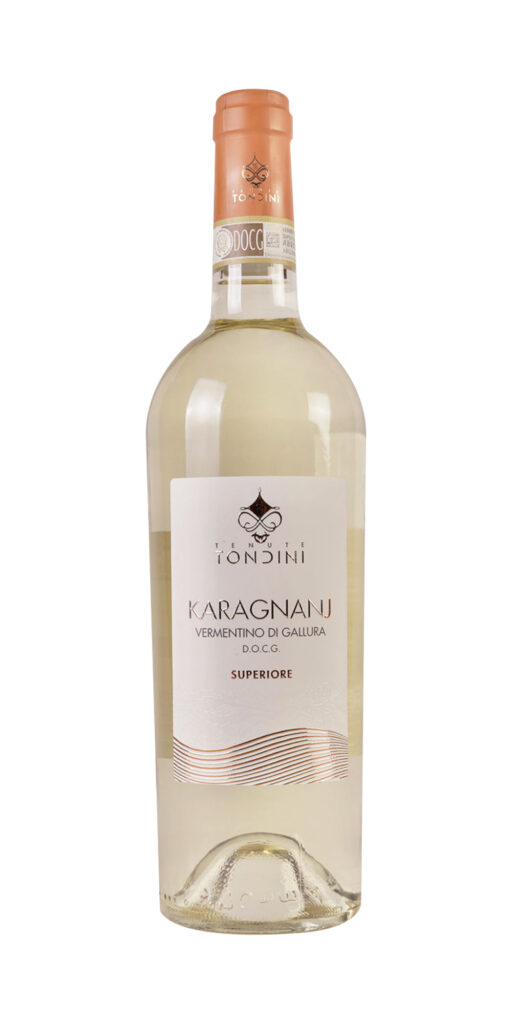

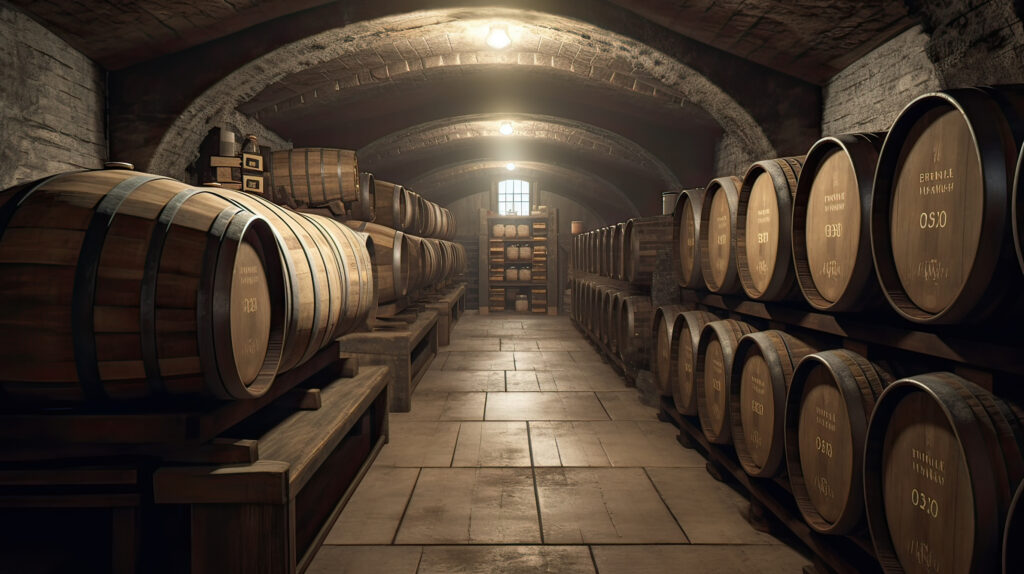
Sin Elite Group organizes trips along the Wine Routes in all regions, with visits to the most prestigious wineries, high-class tastings, and stays in luxury hotels around the vineyards or in renowned countryside locations.
Website sinelitegroup
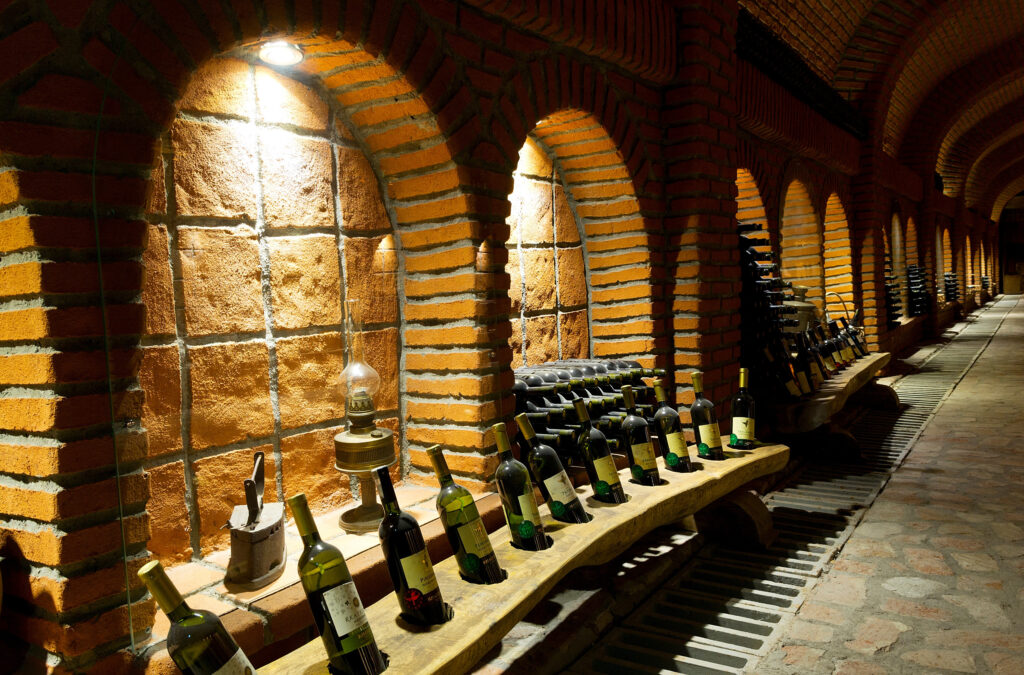
Informations
Resevations




